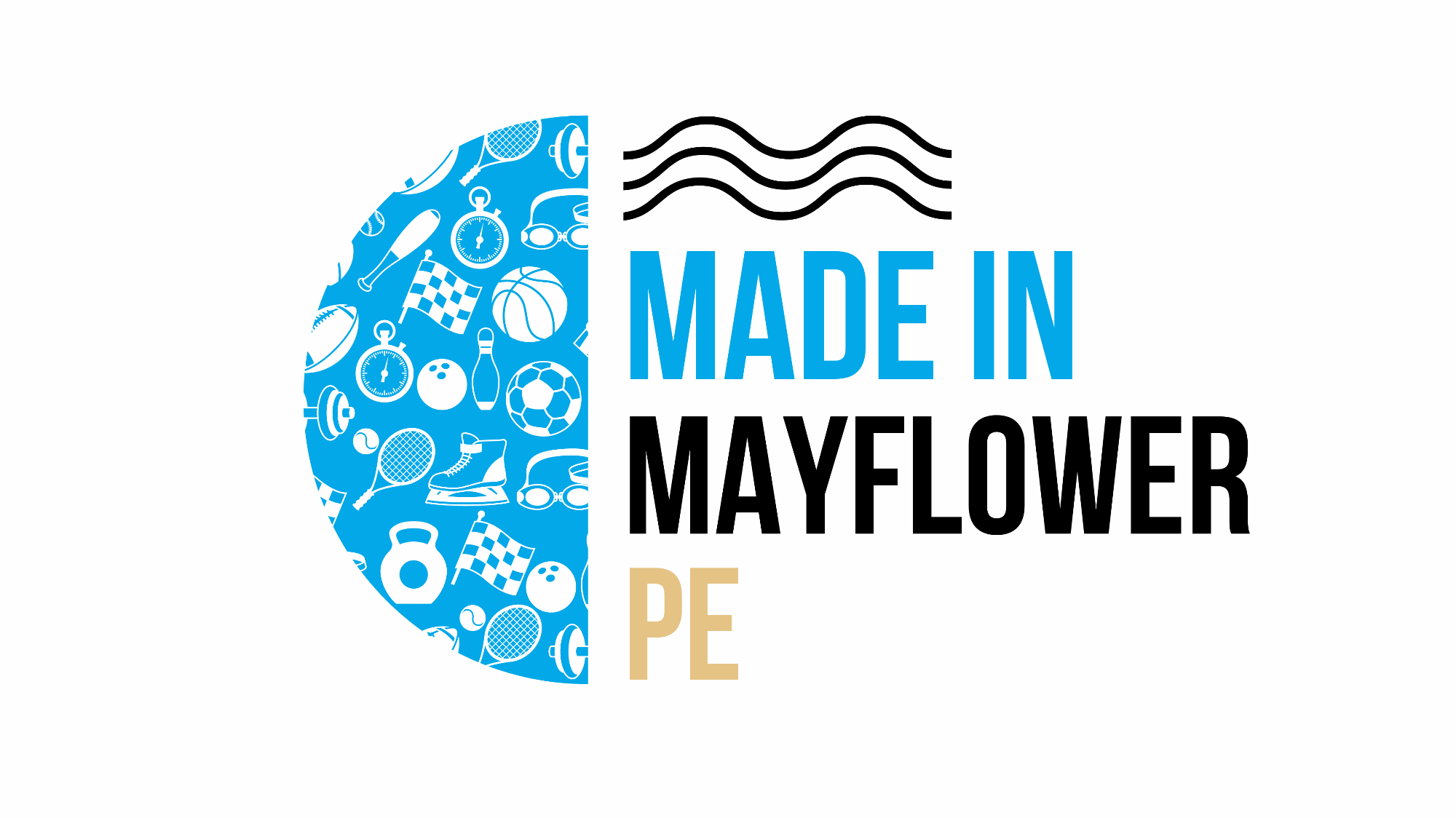Physical Education
Click the logo to tune into daily updates
LAT Narrative Over Time
Introduction
Across the LAT our Physical Education curriculum builds upon skills taught in the early years of a children’s life and these skills then allow a child to take part in a range of games and gain the knowledge to participate in PE lessons, on a local basis or countywide. This ensures that our pupils have the opportunity to study and learn from the Physical education around them, in their local area, the UK and across the world.
Intent | What and why do we teach what we teach?
At Learning Academies Trust, (LAT) the aim of P.E. is to inspire our children to love living a healthy life. We want our children to develop a deep knowledge and a range of skills, enabling them to sustain and enjoy a positive, active lifestyle. We teach the key concepts and vocabulary through our Head Heart Hands model which includes key words such as knowledge, understanding, rules, respect, communication, competition, health and fitness. Each part of the Head, Heart Hands model has six key components which we discuss over a unit of work. Through teaching these concepts, we aim for all children at Schools within the Learning Academies Trust to develop a broad range of skills, good attitudes and a love of being active. We have carefully curated an P.E. curriculum that engages, inspires and challenges pupils to learn and remember more.
Implementation | How and when do we teach what we teach?
All children in the Learning Academies Trust will benefit from a broad, deep, and progressive P.E curriculum. As a LAT, we have created a long-term plan to guide our short-term planning. It has been devised by PE leads across the eight academy schools to ensure breadth of knowledge and expertise whilst covering all National Curriculum objectives. Each half term, there are two focuses for each year group. For each unit there are a series of ‘I can’ progression statements that guide a unit of work. Within LAT, PE is structured throughout the week with an afternoon slot and a morning slot. We aim and will build up to 2 hours of PE in a week. This enhances engagement and readiness for PE.
In the Early Years our children will start to develop the fundamentals of movement whilst participating in lessons with a theme which mirrors their classroom topic or PE unit of work. This enables the children to develop their physical literacy whilst embedding the learning achieved in the classroom. They will also develop their fine and gross motor skills while being able to hold different objects and manipulate different size objects. In KS1, the Physical Education curriculum changes to an activity specific focus. Children learn how the body changes during exercise whilst further developing the fundamentals of movement (Jog, Sprint, Jump, Hop, Weight on Hands, Balance & Co-ordination).
In KS2 the P.E becomes both broad and deep. Children develop the key concepts through a variety of ‘vehicles’, by building upon the skills taught in KS1. Children put these skills into game formats and then as the units move through use their knowledge to help with other elements of P.E. Across KS2 children play competitive games modified where appropriate (for example Handball, volleyball, Health Related Exercise, Tag Rugby, Dance, Football, Athletics, Basketball, Gymnastics, High 5 Netball and many more) and apply the basic principles for attacking and defending. Then they show their knowledge by photos, videos and using the head heart hands model both in lessons and as the end of a unit to show what they have learnt. Children also take part in swimming lessons where the aim is for them to swim 25 meters and perform safe self-rescue in different water-based situations.
Impact | How do we assess the impact of what we teach via pupil outcomes?
Children at LAT will develop a broad range of skills in a variety of activities. A deep understanding of how the human body works and the importance of exercise and hopefully find at least one form of physical activity that they love and will pursue for the rest of their life.
For all subjects in PE, we use the Head, Heart Hands model to gain an all-round picture of each child. This enables the children to be put into a gold, silver and bronze model and they may change depending on the sport and show off different skills such as children who are great leaders, show respect and understand the rules.
We are also using a trivium-based approach to assess the children’s knowledge and skill in games, dance, gym and athletics. Through teacher observation, videos and talking to children, we assess if they have met each stage (Grammar, Logic and Rhetoric). The showing of knowledge document beginning to be used at the end of units, allows us to have a great insight into the knowledge the children have gained. This then enables to see where we can help progress a child in the next unit of work.
We would expect children to meet baseline government expectations in swimming, which is to achieve at least 25 metres, use a range of strokes effectively and perform safe self-rescue. We use the data to see which children need to complete top up swimming lessons.

